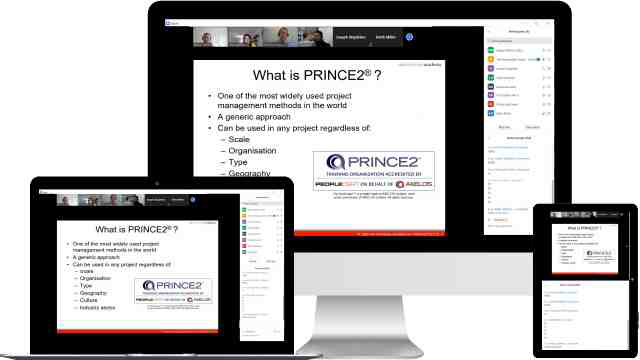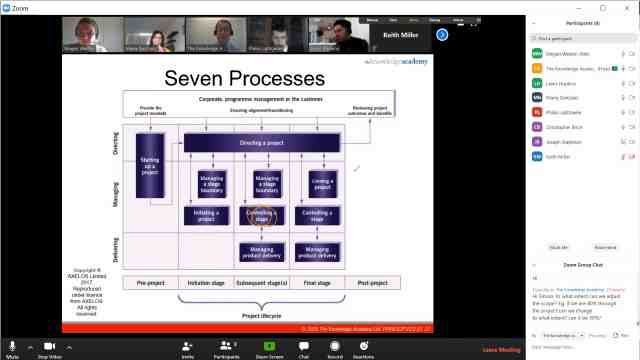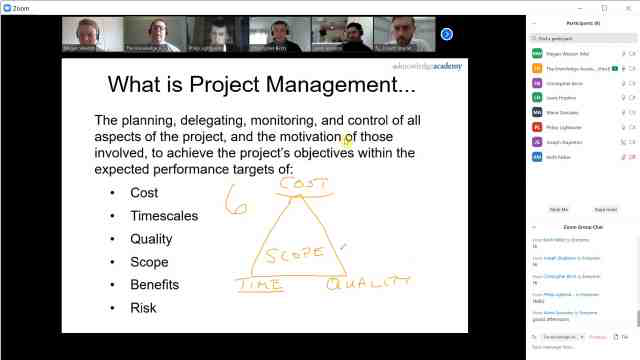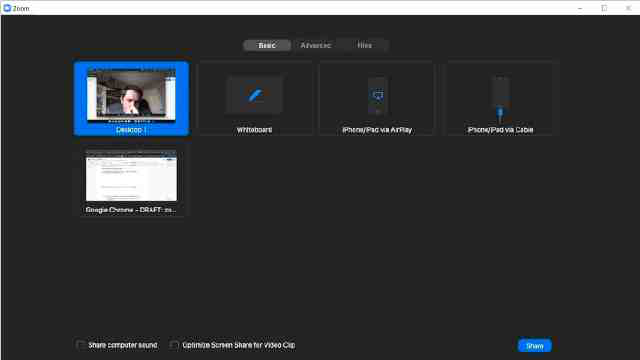Who should attend this Lean Six Sigma Master Black Belt Upgrade Course?
A Lean Six Sigma Master Black Belt Upgrade Training Course in Eindhoven is a training program designed for individuals who already have a Lean Six Sigma Black Belt certification and want to advance their skills and knowledge to the Master Black Belt level. This course will benefit the following professionals:
- Operations Managers
- Quality Managers
- Engineers
- Data Analysts
- Project Managers
- Business Analysts
- Customer Service Representatives
Prerequisites of the Lean Six Sigma Master Black Belt Upgrade Training Course
It is required that delegates have previously attained the Lean Six Sigma Black Belt qualification to join this course.
Lean Six Sigma Master Black Belt Upgrade Course Overview
Lean Six Sigma Master Black Belt symbolises the pinnacle of proficiency in the Lean Six Sigma methodology, integrating the principles of lean operations with Six Sigma's rigorous data analysis. This upgrade course is tailored for those looking to lead strategic implementations and drive significant efficiency improvements across various sectors.
Proficiency in Lean Six Sigma at the Master Black Belt level is crucial for professionals aiming to spearhead organisational transformation projects. It's particularly relevant for senior project managers, quality assurance specialists, and business process improvement consultants tasked with achieving operational excellence and fostering a culture of continuous improvement.
This intensive 5-days training programme is designed to equip delegates with advanced project management, statistical analysis, and change management techniques, enabling them to mentor Black Belts and Green Belts while leading complex cross-functional improvement projects with confidence and authority.
Course Objectives
- To enhance understanding of Lean Six Sigma methodologies at a strategic level
- To develop skills in advanced statistical analysis and problem-solving techniques
- To provide insights into effective leadership and change management strategies
- To prepare delegates for leading large-scale projects and organisational changes
- To foster capabilities in training and mentoring Black Belts and Green Belts
After completing this Lean Six Sigma Certification course in Eindhoven, delegates will receive a certification, signifying their expertise in leading complex improvement projects and their ability to contribute to their organisation's strategic objectives significantly. This certification enhances professional credibility and opens doors to high-level consulting roles and leadership positions within quality management and operational excellence.










































 Back to course information
Back to course information




 If you wish to make any changes to your course, please
If you wish to make any changes to your course, please

